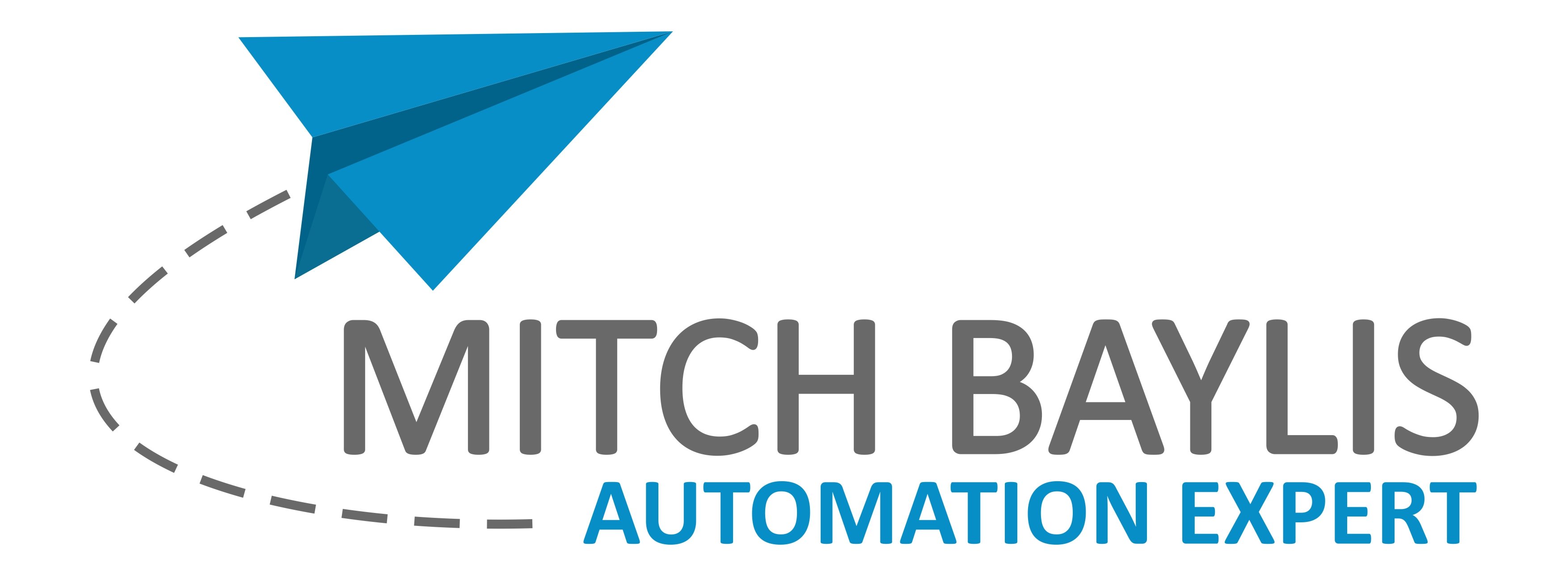Hey there, automation aficionado! 🚀
Welcome to the ultimate guide on mastering error handling in Make.com. In this blog post, we’re going to dive deep into the unique error handling features of Make.com, how to use them, and when to apply them. If you’re a Bubble.io enthusiast or a business automation expert, you’re in for a treat!
Understanding Error Handling in Make.com 🤔
Make.com stands out with its robust error handling capabilities, which you won’t find in other automation tools like Zapier. Let’s break down the essentials of error handling and how you can leverage it to keep your automation workflows running smoothly.
Basic Scenario Example 🛠️
Imagine you have a basic scenario with a trigger that has a key-value pair. In this case, the value is a text instead of a date, leading to a formatting error. This scenario is designed to create an error deliberately to demonstrate Make.com’s error handling features.
Here’s how you can handle the error:
- Right-click on the error ring module.
- Select Add an error handler.
Once you’ve added an error handler, you can choose from various directives such as Ignore, Resume, Commit, Rollback, and Break.
Types of Error Handlers 🛡️
1. Ignore 🚫
The Ignore directive is the most common error handler. When an error occurs, the scenario continues without interruption, ignoring the error. This is useful for minor errors that don’t impact the overall workflow.
Example: If a data packet occasionally comes in incorrectly, the scenario will continue to run without stopping.
2. Break ⏸️
The Break directive is handy for handling timeout errors. It retries the erroring module after a specified interval. You can set the number of retry attempts and the wait time between retries.
Example: If you’re adding too many rows to a Google Sheet and hit a timeout error, the Break directive will retry the operation after a short wait.
3. Resume ⏩
The Resume directive allows you to replace the erroring value with a default or alternative value. This is useful when dealing with missing or incorrect data.
Example: If a CRM requires an email address and the input data is missing it, you can use the Resume directive to provide a default email address to prevent the error.
4. Commit ✅
The Commit directive stops the entire scenario from running if an error occurs. It commits the scenario’s execution at the error point, preventing further processing of remaining data bundles.
Example: If an error occurs while processing multiple data bundles, the Commit directive will halt the scenario and prevent further execution.
5. Rollback 🔄
The Rollback directive attempts to undo all changes made before the error occurred. However, it’s not widely supported and may not work with all modules.
Example: If an error occurs and the Rollback directive is applied, the scenario will try to revert all changes made up to the error point.
Advanced Error Routing 🌟
Make.com allows you to create advanced error routing based on specific error messages or types. This enables you to handle different errors in various ways, keeping your scenarios running smoothly.
Example: If an error message contains a specific keyword like “timeout” or “date,” you can route the error to different handlers based on the error type.
Practical Applications for Business Automation 💼
Error handling in Make.com is essential for maintaining robust and reliable automation workflows. Here are a few practical applications:
- Data Quality Management: Ensure data integrity by handling errors related to invalid or missing data.
- System Integration: Seamlessly integrate various systems by managing errors that arise from API limitations or timeouts.
- Workflow Continuity: Keep your workflows running smoothly by ignoring minor errors or providing default values.
Conclusion 🎯
Mastering error handling in Make.com is a game-changer for anyone looking to create resilient and efficient automation workflows. Whether you’re a Bubble.io expert or a business automation enthusiast, these error handling techniques will help you maintain seamless operations even when things go wrong.
So, go ahead and implement these error handling strategies in your Make.com scenarios and watch your automation workflows run like a well-oiled machine! 🚀
Recent Posts
Zapier vs. Make.com: Which Business Automation Tool is Right for You?
Hey there, automation enthusiasts! 🚀 Today, we’re diving into a face-off between two business automation giants: …
Why I Switched from Calendly to Acuity: A Comprehensive Guide to Better Business Automation
🚀 In the ever-evolving landscape of business automation, choosing the right tools can make or break …
Master Bubble.io: Fixing Repeating Group Issues with Nested Elements
Hey there, fellow Bubble.io enthusiasts! Are you struggling with nesting elements within repeating groups? 🤔 You’re …



